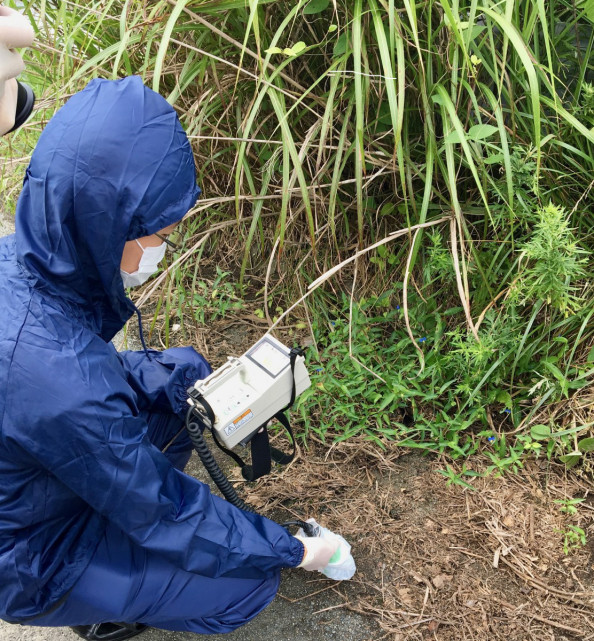Month: May 2018
Cattle return to graze in Fukushima village for 1st time since nuke plant meltdowns
Soon to reach our tables deliciously hot!!!

Farmer Takeshi Yamada lets his beef cattle graze in the village of Iitate on May 23, 2018, for the first time since the Fukushima nuclear disaster.
May 24, 2018
IITATE, Fukushima — Farmers began tests on having their cattle graze here on May 23 for the first time since the March 2011 triple meltdown at the Fukushima No. 1 nuclear plant.
The national government lifted the nuclear evacuation order in most parts of the village at the end of March 2017.
While about 220 farmers bred beef cattle before the nuclear disaster, just five farmers restarted their breeding after the ban was lifted. The test will last over three months, and the farmers will check the level of radiation in the cattle’s blood and conduct other checks with the aim to return to regular grazing in 2019 or later.
Farmer Takeshi…
View original post 43 more words
Fukushima-Daiichi radioactive particle release was significant says new research

24 May 2018
Fukushima-Daiichi radioactive particle release was significant says new research
Scientists say there was a significant release of radioactive particles during the Fukushima-Daiichi nuclear accident.
The researchers identified the contamination using a new method and say if the particles are inhaled they could pose long-term health risks to humans.
The new method allows scientists to quickly count the number of caesium-rich micro-particles in Fukushima soils and quantify the amount of radioactivity associated with these particles.
The research, which was carried out by scientists from Kyushu University, Japan, and The University of Manchester, UK, was published in Environmental Science and Technology.
In the immediate aftermath of the Fukushima Daiichi nuclear accident, it was thought that only volatile, gaseous radionuclides, such as caesium and iodine, were released from the damaged reactors. However, in recent years it has become apparent that small radioactive particles, termed caesium-rich micro-particles, were also released. Scientists…
View original post 587 more words